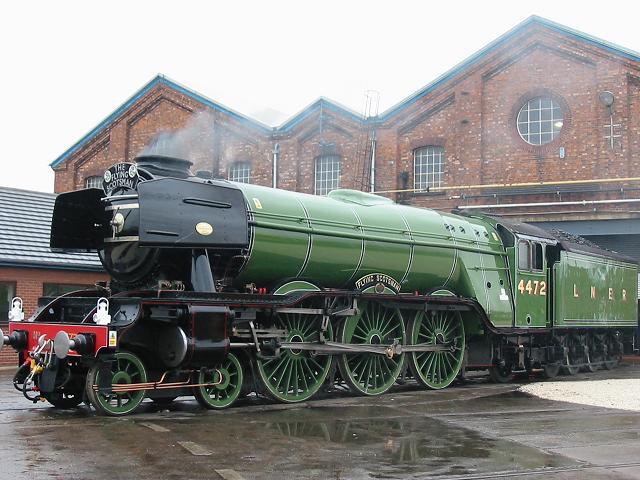Coalmining - Between the 19th and 20th century Doncaster emerged as an industrial centre. Its communication links, particularly its waterways, meant that Doncaster became extremely busy and saw vast migration to its centre.
Underneath Doncaster lies huge natural resource by way of deep seam coal. It was coal that prompted Doncaster's exponential population growth. The waterways, River Don and Don Navigation were used to transport coal from Doncaster to the steel production centres at Rotherham, Sheffield and Scunthorpe.
Doncaster’s coal mining industry in turn brought with it several high-quality specialist glass manufacturers that remain to this day that used coal to fire the furnaces.
Steel foundries, rolling mills and wire mills were also built close to the railways that brought steel from Sheffield and Rotherham.
Labour Party - Thomas R Steels was a railway signalman working for the Great Northern Railway Company who moved to Doncaster in around 1891.
In March 1899, Steels drafted a famous resolution on labour representation in Parliament. The Doncaster branch of the Amalgamated Society of Railway Servants (ASRS) then sent this resolution to the Trades Union Congress meeting in Plymouth.
The motion called on the TUC to organise a joint conference with socialist and co-operative bodies to discuss Labour representation.
Thomas Steels resolution agreed at the Good Woman public house on St Sepulchregate reads as follows:
“That this congress, having regard to its decisions of former years, and with a view to securing a better representation of the interests of labour in the House of Commons, hereby instructs the Parliamentary Committee to invite the cooperation of all the cooperative, socialistic, trade union and other working class organisations to jointly cooperate on the lines mutually agreed upon, in convening a special congress of representatives from such of the above-named organisations as may be willing to take part to devise ways and means for securing the return of an increased number of Labour members in the next parliament.
The resolution was adopted by the TUC at Plymouth. It was carried by 546,000 to 434,000 votes.
This is perhaps the first time the idea of the Labour Party appears in print and put important power in the hands of the executive committee and those of the society of Ramsey Macdonald, the first Labour Prime Minister, which helped secure his election to Parliament in 1906.
 Trains -
Trains - Transport has played an important role in Doncaster's heritage. The stagecoach trade of the 17th and 18th centuries generated the wealth that built the town centre.
The Industrial Revolution brought the railway to Doncaster, and the Great Northern Railway Locomotive and Carriage Building Works was established there. The reasons for this were due to Doncaster's communication links, the necessity to transport coal quickly and efficiently and Doncaster's expertise in specialist metal products.
An extensive housing programme was undertaken to cater for the increase in the population. The Chairman of the Great Northern, anxious about their spiritual welfare, persuaded the directors to contribute towards the building of St. James' Church, which became known as the "Plant Church". The railway also built St. James' School. The Doncaster Plant became famous for building LNER 4-6-2 locomotives Mallard and the Flying Scotsman, as well as many thousands more locomotives.
Horse Racing - From around the 16th century, Doncaster embraced the wealthy stagecoach trade. This led to horse breeding in Doncaster, which in turn led to the start of horseraces there. The earliest important race in Doncaster's history was the Doncaster Gold Cup, first run over Cantley Common in 1766. The Doncaster Cup is the oldest continuing regulated horserace in the world.
Ten years later the racecourse moved to its present location and in 1776 Colonel Anthony St. Leger founded a race in which five horses ran. This race has remained in existence and become the world's oldest classic horserace.
Doncaster has the distinction of both starting and ending the flat season on turf. Every September, Doncaster hosts the prestigious four-day Ladbrokes St. Leger Festival, which is acclaimed as the premier sporting occasion of the autumn calendar. Doncaster has also taken over events whose traditional homes have closed, such as the Lincoln Cup in 1965.
In 1992 Doncaster staged the first ever Sunday meeting on a British racecourse. A crowd of 23,000 turned up despite there being no betting. Today the St. Leger Stakes remains the world's oldest classic horserace and features in the horseracing calendar as the 5th and final Classic of the British flat racing season.